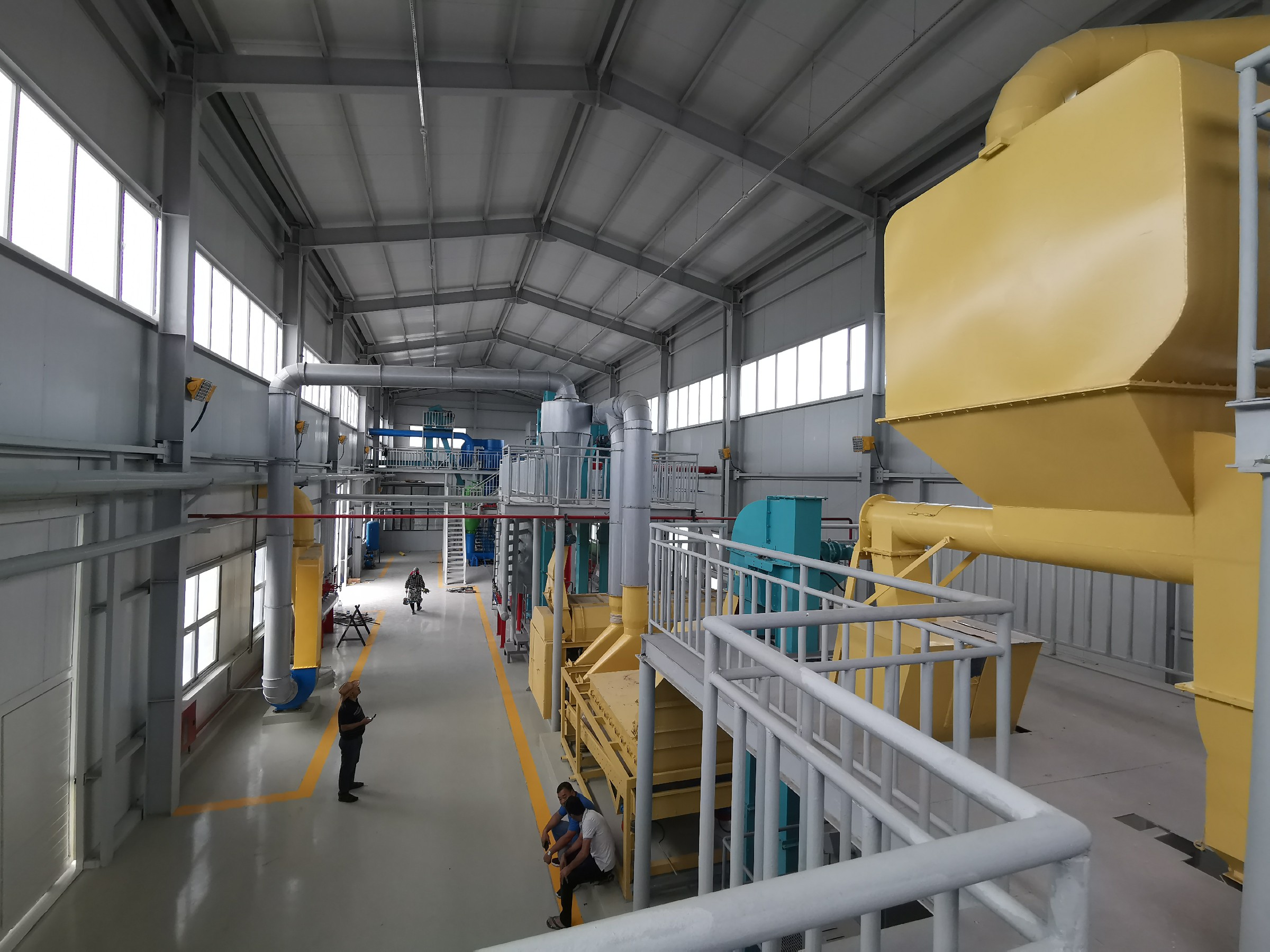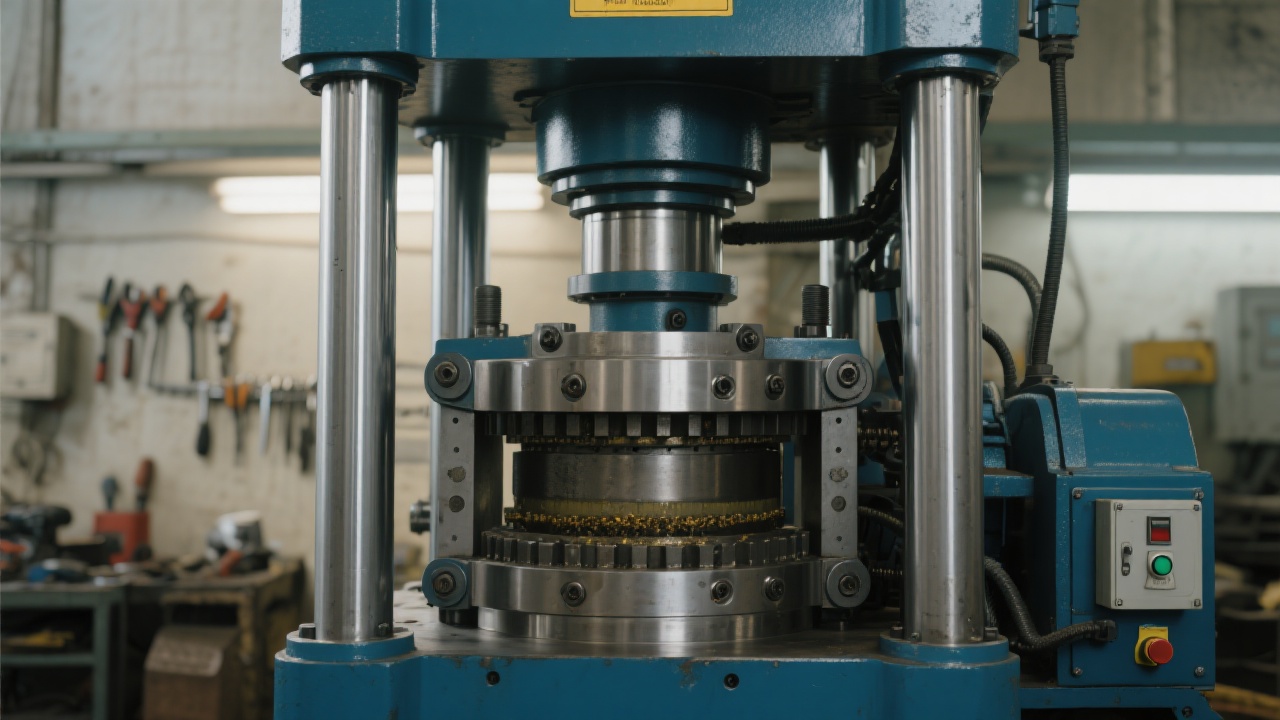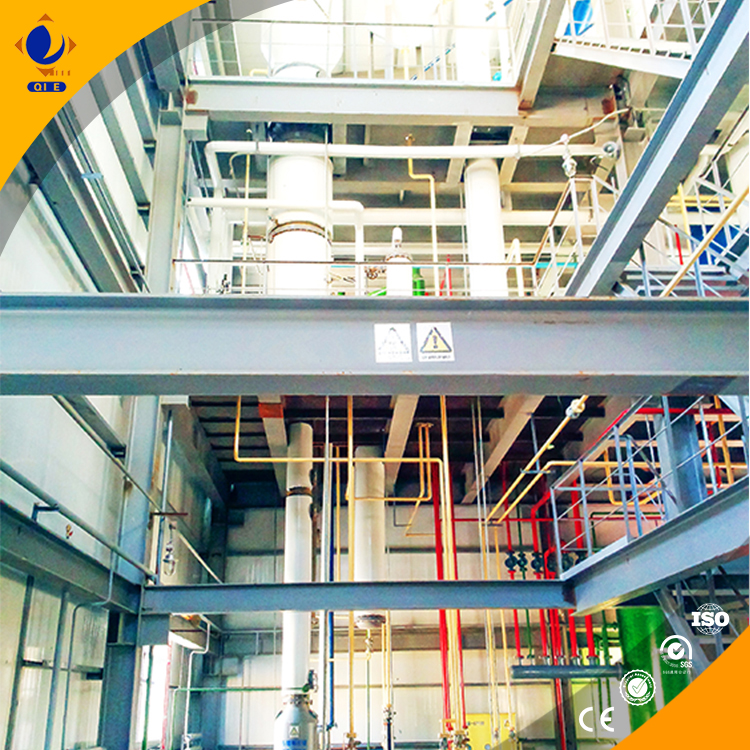
As an equipment manager or operator, you might have fallen into some common maintenance myths when it comes to hydraulic presses. One of the most prevalent ones is neglecting daily inspections. Some believe that as long as the machine is running, there's no need for frequent checks. However, this can lead to small issues escalating into major problems. For example, a minor hydraulic fluid leak might seem insignificant at first, but over time, it can cause the hydraulic system to lose pressure and eventually fail.
The correct approach is to conduct daily visual inspections. Check for any signs of leaks, loose bolts, or abnormal noises. This simple step can significantly reduce the risk of unexpected breakdowns and increase the overall stability of the machine. By doing so, you can cut down the annual downtime by up to 30% and save on costly emergency repairs.

The hydraulic system is the heart of the hydraulic press. It should be inspected at least once a week. Check the hydraulic fluid level, its color, and its viscosity. If the fluid is dirty or has an abnormal odor, it needs to be replaced immediately. Also, examine the hydraulic hoses for any signs of wear or damage. Replace any hoses that show signs of cracking or leaking. According to industry standards, maintaining a clean and properly functioning hydraulic system can improve the machine's efficiency by 20%.
Seal components play a crucial role in preventing hydraulic fluid leakage. They should be inspected monthly. Look for any signs of wear, such as cracks or deformation. Replace the seals as soon as any issues are detected. A well - maintained sealing system can reduce fluid loss by up to 15%, which not only saves costs but also protects the environment.
Lubrication points need to be checked and lubricated every two weeks. Use the recommended lubricant and ensure that all moving parts are properly lubricated. This helps to reduce friction, extend the service life of the components, and improve the overall performance of the machine. Regular lubrication can reduce the wear and tear of components by 25%.

In case of a sudden drop in pressure in the hydraulic system, first check the hydraulic fluid level. If it's low, refill it. If the fluid level is normal, then inspect the hydraulic pump and valves for any blockages or malfunctions. Another common problem is abnormal noise during operation. This could be due to loose parts, improper lubrication, or a damaged bearing. Use diagnostic tools to quickly identify the root cause and take appropriate measures.
For example, in a vegetable oil processing plant, when the hydraulic press suddenly stopped working, the maintenance team quickly diagnosed the problem as a clogged hydraulic filter. By replacing the filter in a timely manner, they were able to resume production within an hour, minimizing the loss.
The sturdy structural design of the hydraulic press is essential for its long - term stable operation. A well - designed frame can withstand high pressure and vibrations, reducing the risk of structural damage. Penguin Group's hydraulic presses are known for their robust structure. Their design ensures that the machine can operate smoothly even under heavy - load conditions. This not only extends the service life of the machine but also reduces the frequency of maintenance and repairs.
Following the ISO9001 quality system standard, you can implement a standardized maintenance process. This includes creating a detailed maintenance plan, recording all maintenance activities, and regularly reviewing and improving the process. By doing so, you can ensure that all maintenance work is carried out in a systematic and efficient manner, reducing the chances of human error and improving the overall quality of maintenance.

Many users of Penguin Group's hydraulic presses have provided positive feedback. One vegetable oil processing company reported that after implementing the maintenance strategies recommended by Penguin Group, they were able to reduce their annual maintenance costs by 40% and increase their production efficiency by 15%. These real - life success stories prove the effectiveness of proper maintenance and the reliability of Penguin Group's products.
Penguin Group's hydraulic presses are designed with energy - saving and environmental - friendly features. By properly maintaining the machine, you can further enhance these benefits. For example, a well - maintained hydraulic system consumes less energy, and reducing hydraulic fluid leakage helps to protect the environment. This synergy between energy - saving features and maintenance strategies can lead to significant cost savings and a more sustainable production process.
Ready to enhance the performance of your hydraulic press? Discover more about Penguin Group's easy - to - maintain hydraulic presses and our excellent after - sales support here.